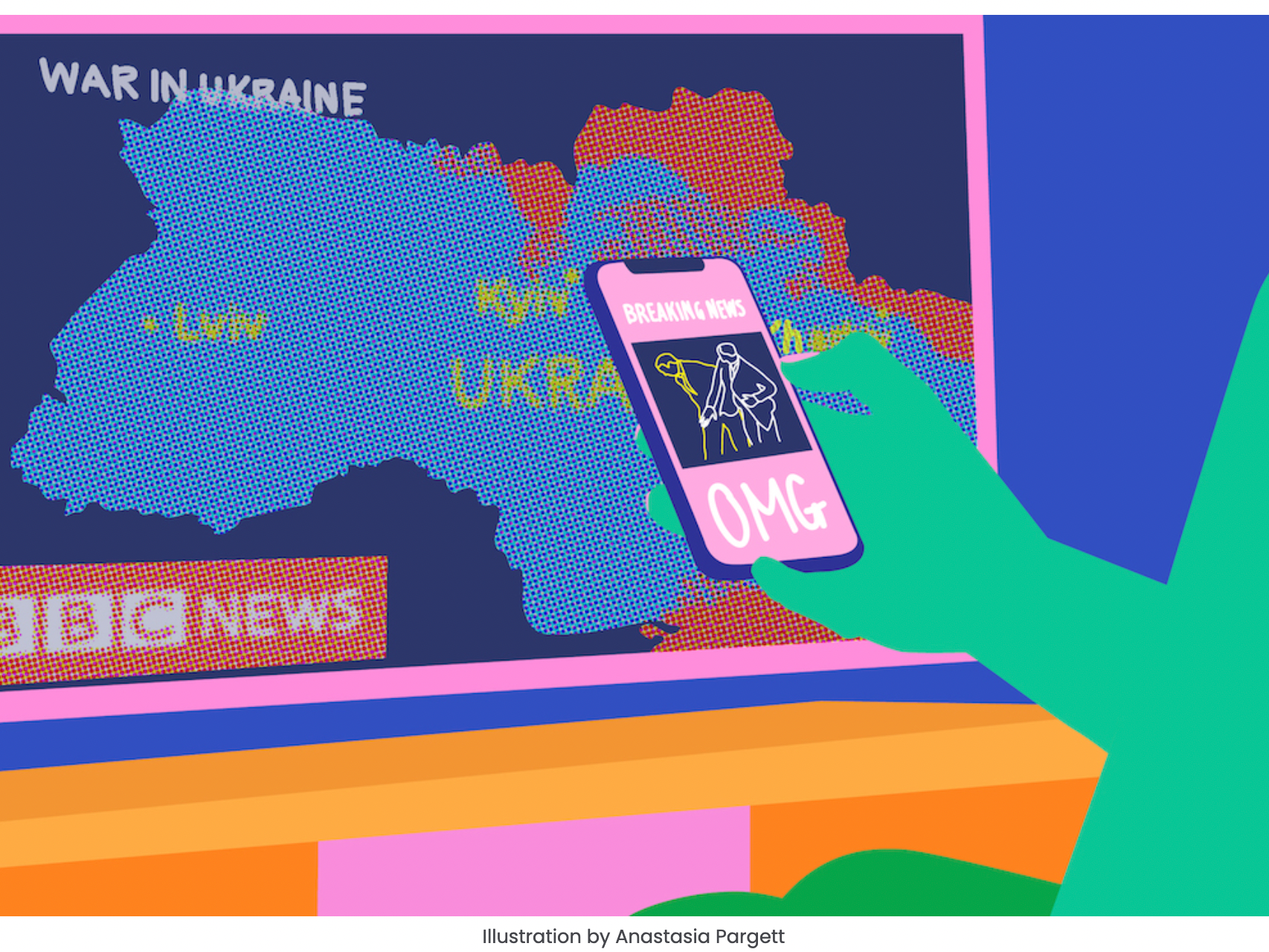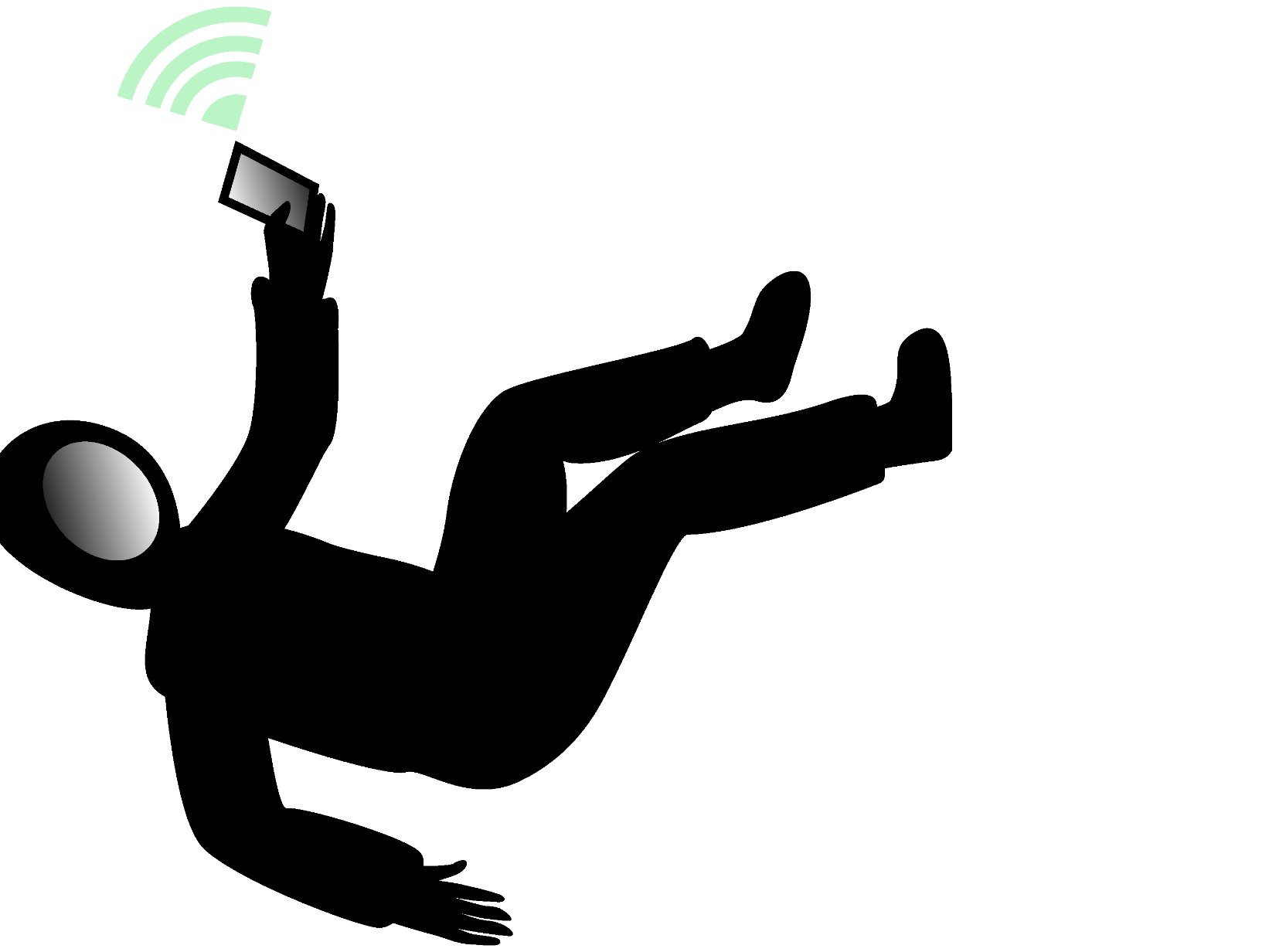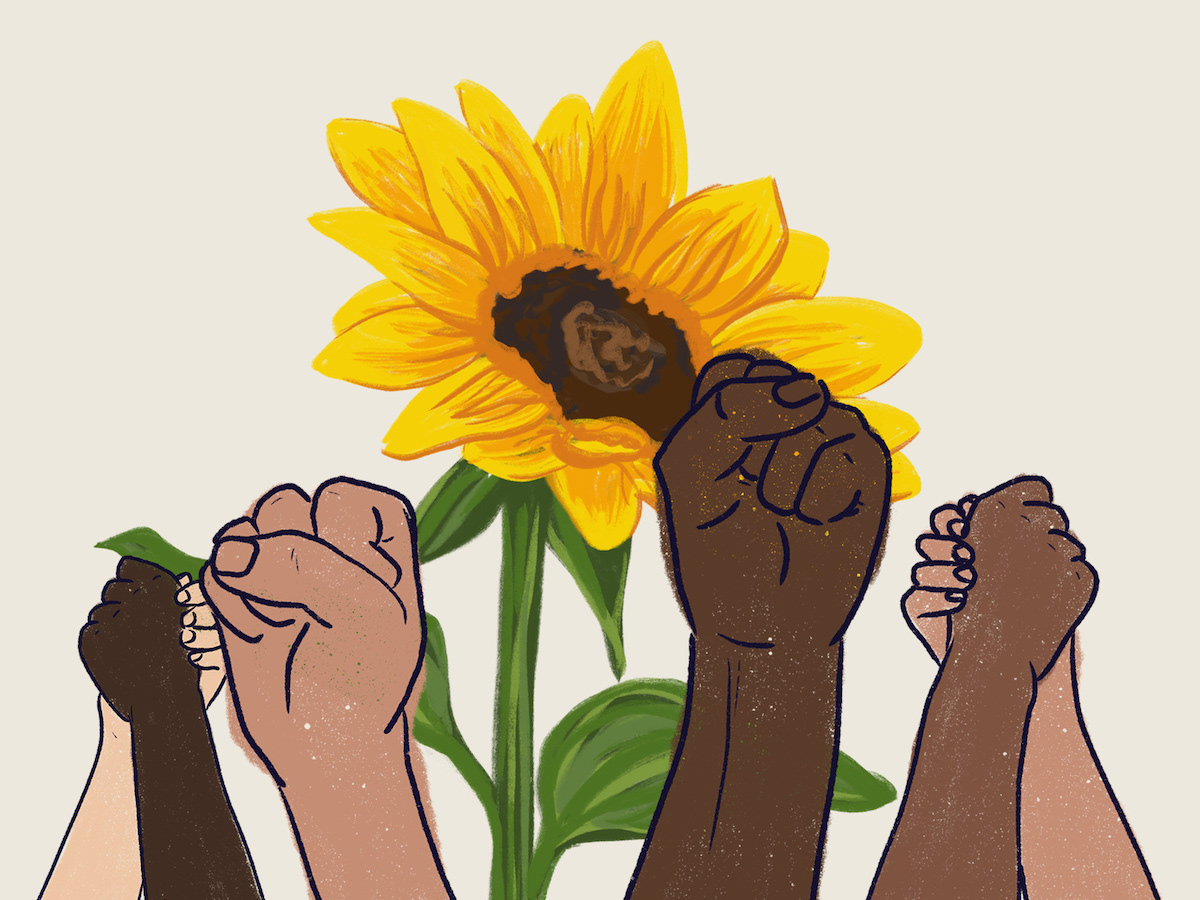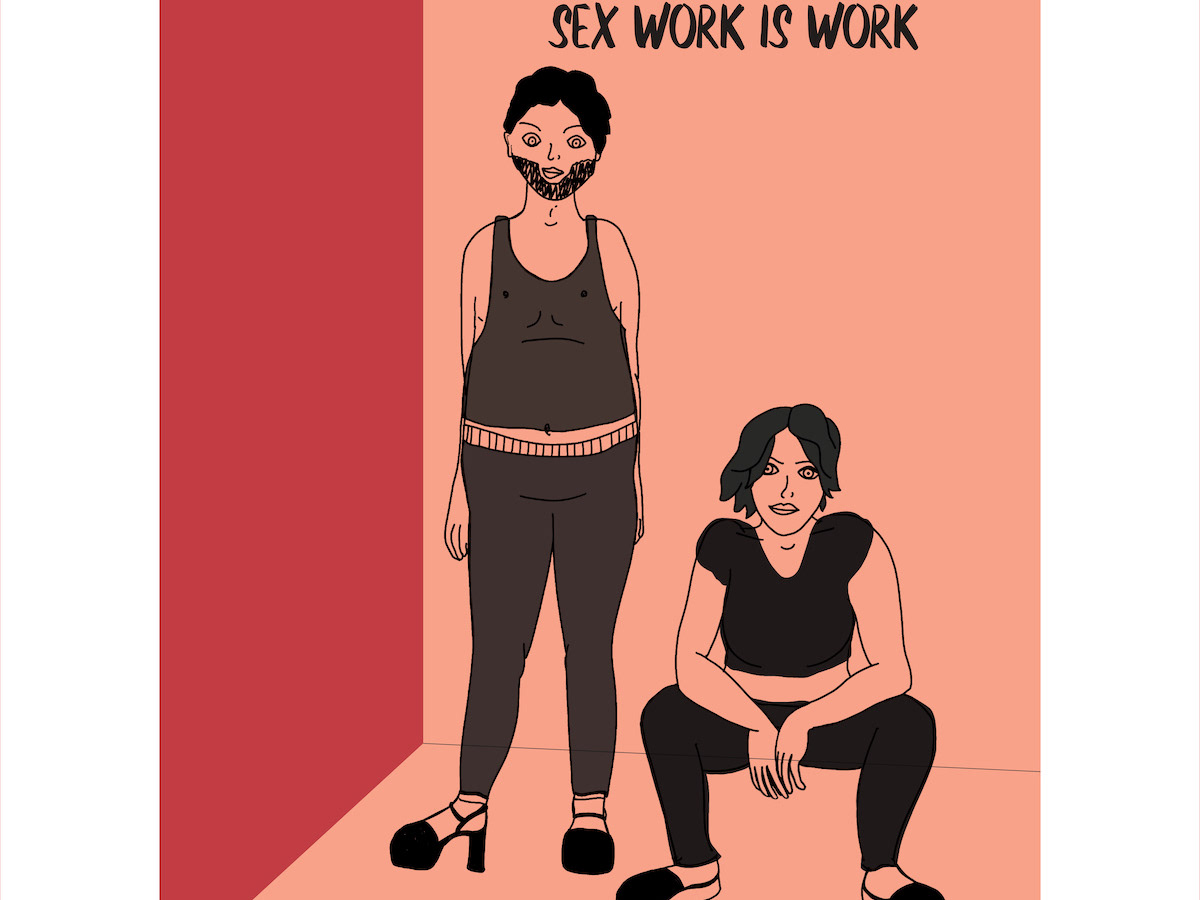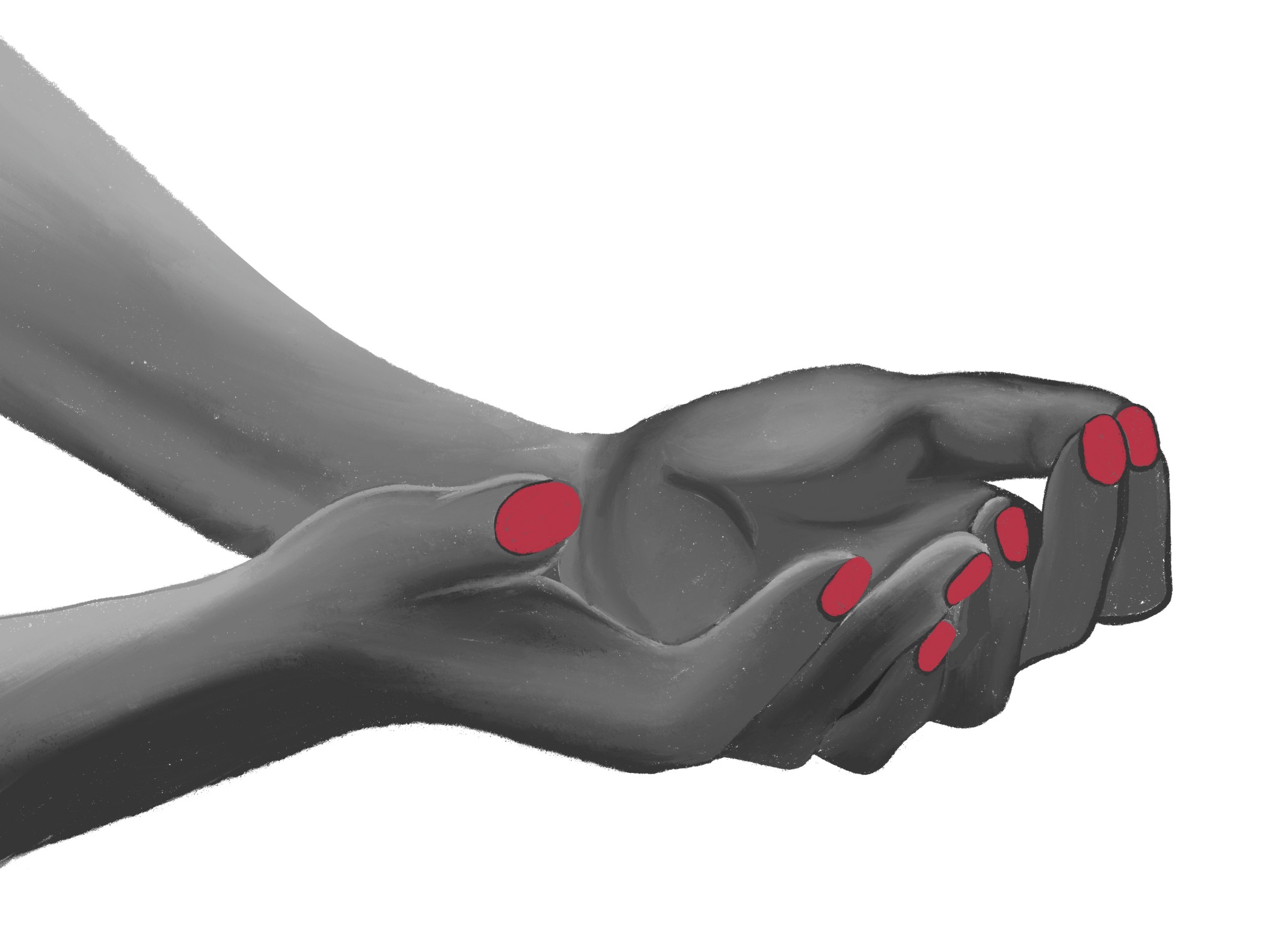State officials made the decision to lift the mask mandate in Oregon on March 12, just as the Omicron variant of COVID-19 is in decline. We’ve been here before.
We all recall the optimism of our impending hot-vax summer last May.
“If you’ve been fully vaccinated, you no longer need to wear a mask,” President Biden said gleefully. “It’s vaxxed or masked.”
Those pronouncements did not age well.
A massive wave of a more lethal and more transmissible new variant of COVID-19 surged throughout the summer—a season in which many believe airborne virus transmission to be less frequent. The Delta variant crushed all our optimism and relegated us back to a cautious mode of remote learning, Zoom sessions, indefinite mask wearing and vaccination boosters.
As if that were not enough, just as the Delta wave finally started to decline, an even more transmissible variant dubbed Omicron was emerging that promised to overwhelm the world and its healthcare services. Scientists at Johns Hopkins University’s Bloomberg School of Public Health estimated that about three out of four people in the United States will have been infected by Omicron by the end of this surge.
According to Carla K. Johnson of the Los Angeles Times, “half of eligible Americans have had booster shots, there have been nearly 80 million confirmed infections overall, and many more infections have never been reported. One influential model uses those factors and others to estimate that 73% of Americans are, for now, immune to Omicron, the dominant variant—a proportion that could rise to 80% by mid-March.”
In spite of this rosy outlook, it is worth looking at the statistics and what they currently reflect. A visit to the Johns Hopkins COVID-19 dashboard provides some sobering details glossed over in the stampede to reopen and unmask society.
As of March 4, there have been 3,216,847 new cases of COVID-19 in the past 28 days, with 57,070 deaths from the virus in the U.S. Over the course of the entire pandemic, that figure soars to 79,199,366 total cases and 956,349 people dead in the U.S.
Worldwide figures reported are 442,528,817 total cases and 5,984,384 deaths.
Nearly a million people have died in the U.S. Internationally, that figure is close to six million. This age of hyper-distractedness may have desensitized us to really sitting with these realities. These figures rival the casualties of many wars—and yet many seem resolute on putting the virus and the pandemic in the rear-view mirror.
Worryingly, in our collective rush to move on—or as some want, to get back to a so-called normal—our hastiness is leaving many behind. In spite of what some may desire, we cannot go back to normal—whatever normal was—and should we even want to?
The ableism of our culture has been unveiled. All along, we have been able to make work and school—and really most activities—more flexible for all members of our society to participate. It is appalling that we only did so when it impacted the economy. We can tell a lot about our culture’s values through these behavioral trends. Now, when there is this mass rush to take off the masks and get back to crowded, germ-infested public spaces, we should pause and ponder who we are endangering around us.
“The overwhelming number of deaths, over 75%, occurred in people who had at least four comorbidities,” said CDC Director Rochelle Walensky on ABC’s Good Morning America in January. “So really these are people who were unwell to begin with and yes, really encouraging news in the context of Omicron.”
No matter how these comments were intended, this smacks of an almost-eugenicist indifference to the suffering, illness and death of those who are “unwell to begin with.” The subtext of this implies that those with comorbidities are such a small minority that we should feel encouraged that the able-bodied will prosper. Let’s get back to business and take the masks off, right?
While the statistics on who is most likely to land in the hospital and die don’t lie, trying to reassure three-quarters of the population by downplaying and minimizing the suffering and death of the other quarter is a disgusting and devaluing sentiment. Unfortunately, this sentiment is exhaustingly common across the U.S.
Further, in our collective rush to live with the virus, the U.S. has time and again hastily relaxed pandemic precautions, throwing scientific evidence aside in favor of business interests, political calculus and public impatience. This—along with the discriminatory crisis standards of care some medical institutions implemented during this pandemic—has been just one of many policy choices that have explicitly discriminated against people with pre-existing conditions.
It is with this in mind that I urge us all to pause and reflect on our social ties and our connection to our larger communities through our interdependence. We literally breathe the same air. Your flourishing provides the possibility of my flourishing, granted you don’t tear up the road behind you so others cannot follow.
While PSU and many other institutions and businesses are lifting their mask mandates, it seems extremely apparent that they are doing this largely to avoid confrontation. With the local and federal government no longer willing to be the scapegoat for masking policies, many are deciding that the political costs of mask policies without a government mandate are untenable.
I will continue to wear a mask in public indoor spaces until this virus is much farther removed from our daily lives, and I will also continue to interrogate the ways that my own behaviors and thoughts—and those of our culture—perpetuate a callous indifference to the disabled community. If we all do this, what a different world we could co-create.
Illustration by Whitney Griffin

